
3 New Major Design Details Mahindra XUV 3XO Will Pack Over...
- Apr 12, 2024
- Views : 9864


Shunji Tanaka, the architect of the original Mazda MX-5 (also known as the Mazda Miata), passed away earlier this month on 12 December in Japan. The ex-Mazda Chief Designer was a lesser-known but pivotal part of the team that brought the first Miata sportscar to life in 1989. He leaves behind a three-decade-long legacy of the two-seater Japanese convertible that continues to exist in its fourth generation.
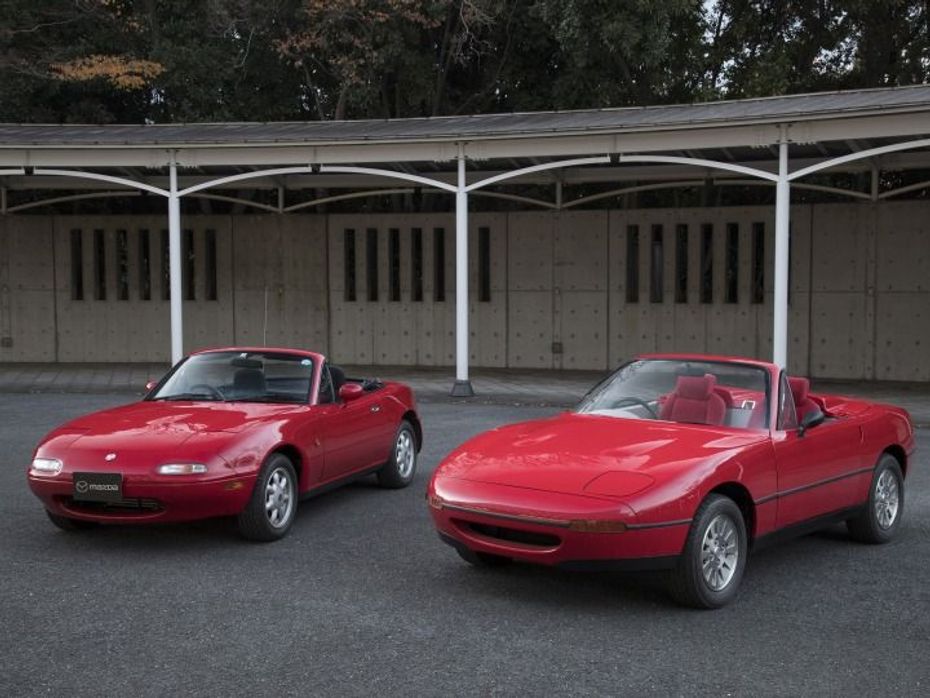
The MX-5 was conceived when a sketch from Mazda’s design studio in southern California won a competition. Called Duo 101, it was a front-engined sports car penned by Tom Matano and Mark Jordan, who took inspiration from the 1960s Lotus Elan for their concept. Around 1986, Mazda gave the project the green light, and further development was moved to Japan from the United States.
That’s when Tanaka came in – he was responsible for the final design, the blueprint that would resurrect the open-top roadster in the world. He argued with the engineers and liaised with the California design team to nail down the design that we know today as the first-generation (NA) MX-5 Miata. As it turns out, bringing the sportscar to life was hardly easy.
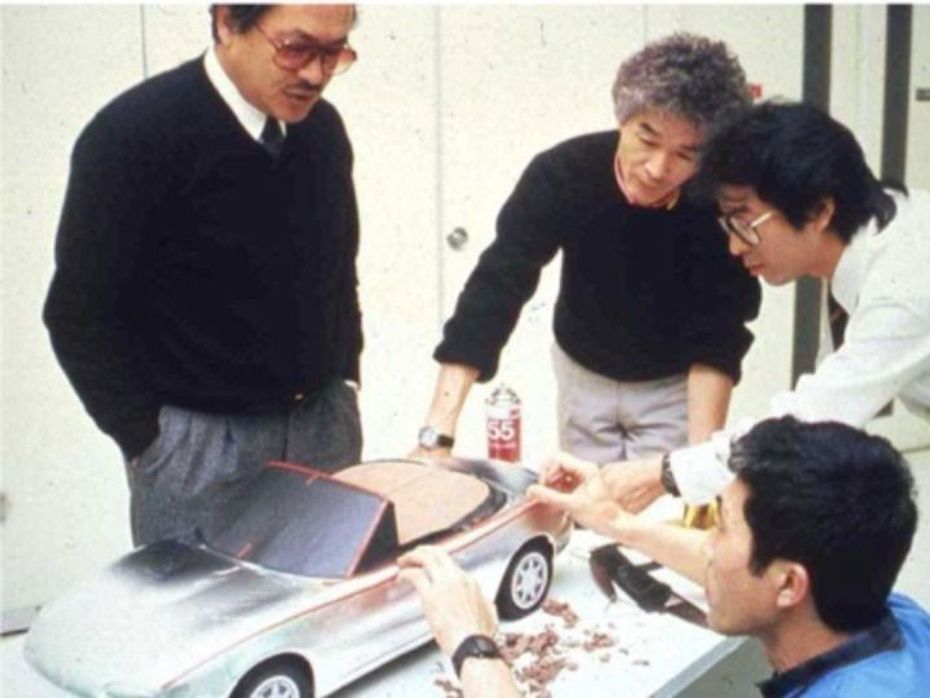
“In 1986, there was nothing resembling the open two-seater concept available,” Tanaka noted in an interview published in Brian Long’s book, Mazda MX-5 Miata. “It was hard even to carry out market research effectively.”
Tanaka cited Noh masks – traditional masks used in a classical Japanese dance form – as one of his inspirations behind the MX-5. These masks are peculiar in their 3D design that lets the wearer change the mask’s expression simply by tilting their head.
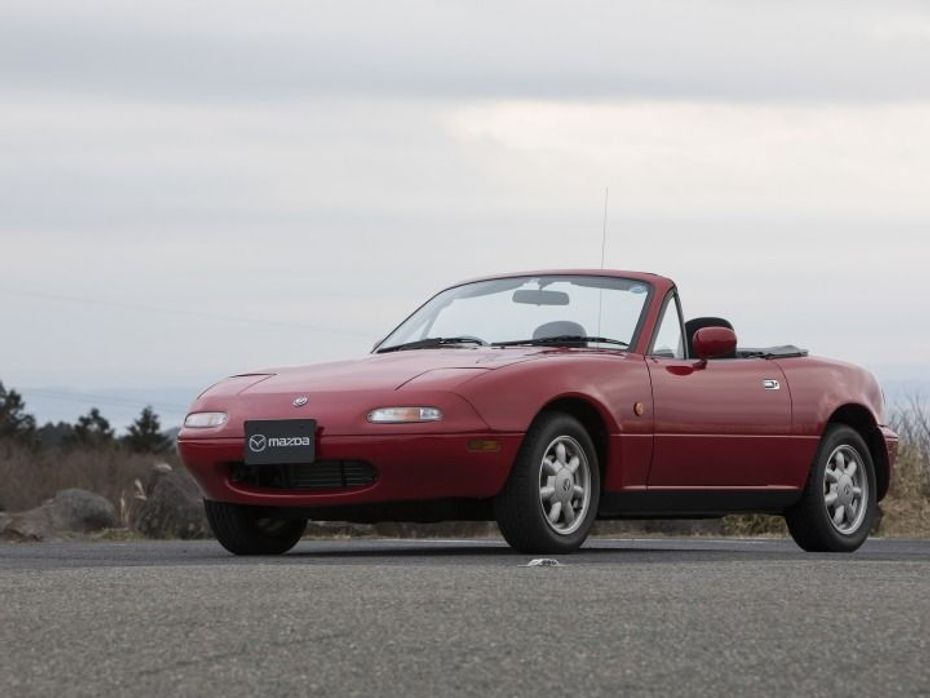
Shunji Tanaka added, “You will notice that the lines enclose an aesthetic consciousness, giving different feelings depending on the angle from which the car is viewed.” Indeed, the Mazda MX-5 had curves at a time where boxy, slab-sided cars ruled the roost around the world.
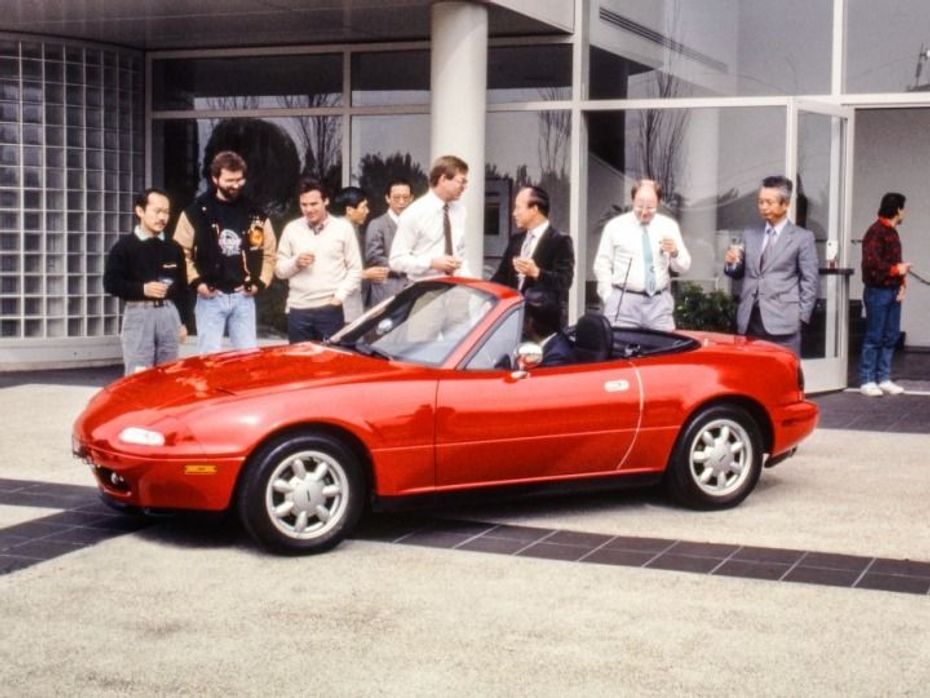
Tanaka’s efforts bore fruit when the Mazda MX-5 broke cover at the Chicago Auto Show in 1989. It was powered by a 115PS/136Nm 1.6-litre petrol engine originally, paired with a 5-speed manual transmission. The NA MX-5’s double overhead cam (DOHC) engine and 5-speed gearbox were cutting-edge for the ‘80s – in India, even the modern Maruti Suzuki 800 had an SOHC (single overhead cam) engine and 4-speed manual gearbox. By 2000, Mazda had sold over 5 lakh MX-5 sportscars around the world, making it the best-selling two-seater sports car in history.
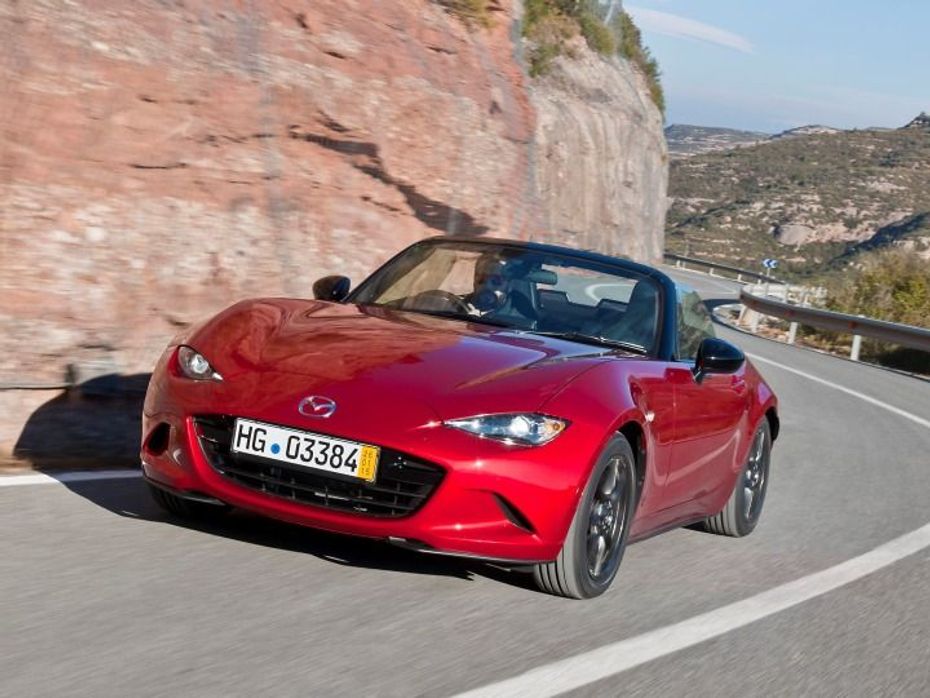
Currently, the two-seater convertible is in its fourth (ND) generation in markets outside India. The ND2 Mazda MX-5 is powered by a 2-litre Skyactive-G petrol engine that pushes 180PS to the rear wheels. It’s paired with a 6-speed manual gearbox as standard, and an optional 6-speed automatic with paddle shifters is also available.
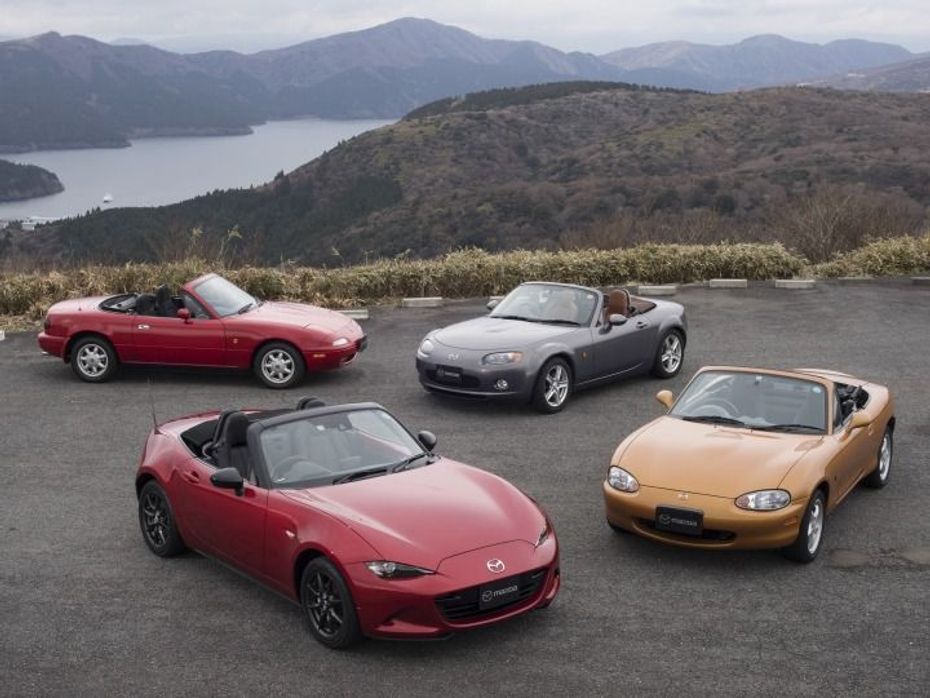
If it weren’t for Tanaka and the rest of the team at Mazda, the two-seater convertible sportscar – the quintessential roadster – would have been lost in time after the last MG B sports car rolled off the production line. He will be missed as the brainchild of the MX-5 Miata, but arguably, he succeeded in saving the common man’s roadster from extinction.

3 New Major Design Details Mahindra XUV 3XO Will Pack Over...

10 New Features Expected In The Upcoming 2024 Mahindra XUV 3XO...

10 Features The Mahindra Thar 5-door Is Expected To Get Over The...

10 Features The New Mahindra Thar 5-door Is Expected To Get Over The...

Mahindra XUV300 Facelift Teased, Gets A New Name

Mahindra XUV300 Facelift: Three Different Variants Spied Together

Mahindra XUV 3XO Teased With Connected Car Tech Features

Mahindra XUV 3XO (2024 XUV300 Facelift) Teased With This...

Mahindra Thar Earth Edition vs Standard Thar: Key Differences...

Maruti Suzuki Rock N Road: Redefining the SUV Experience
India's largest automotive community